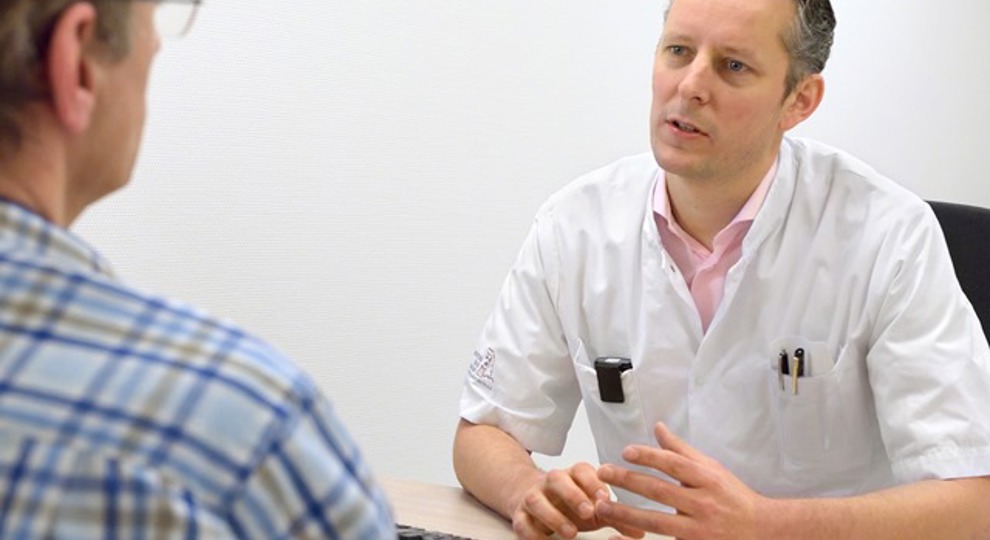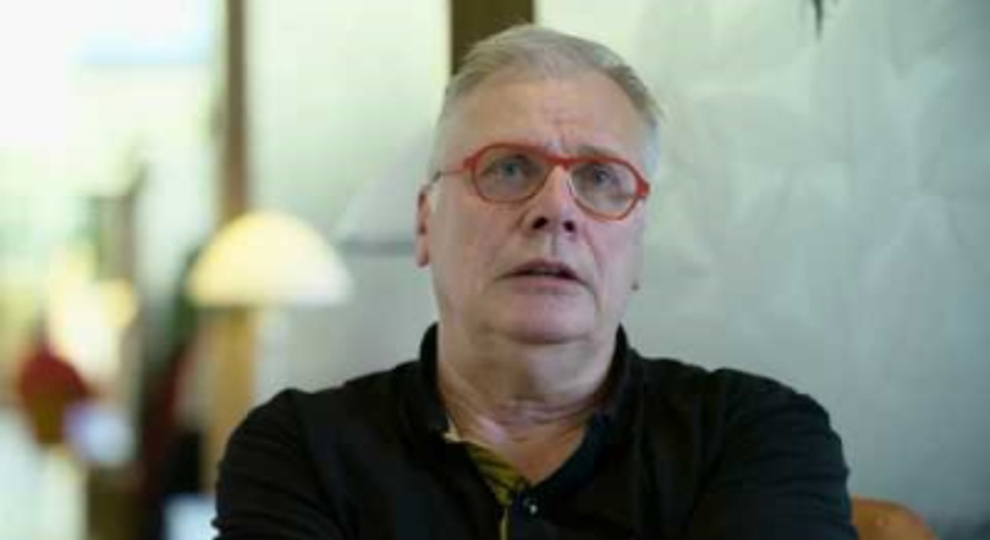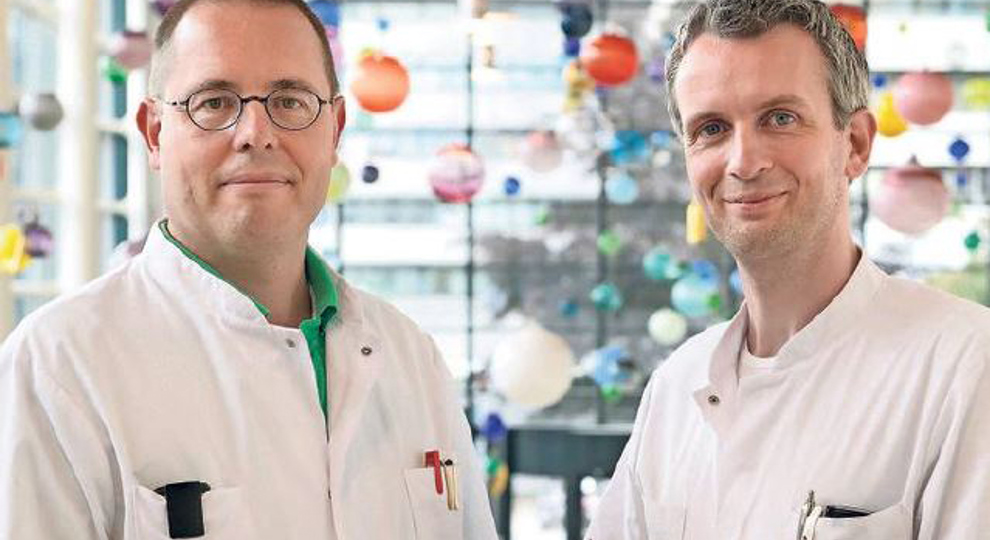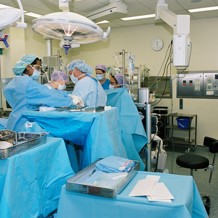Bladder cancer - non-muscle invasive
Read more about the patient satisfaction rates, our specialists' expertise, innovations, and wait times for non-muscle invasive bladder cancer treatment.

Patient satisfaction
Patient satisfaction rates are the opinions of our patients on the care and services they received at the Netherlands Cancer Institute. Our patients named expertise, personal care, information, trust, and the possibility to be involved as important aspects in their ratings of the Netherlands Cancer Institute.
-
8.9
-
9.0
-
9.1
-
8.7
-
8.8

Expertise
Expertise is the experience and skill of our specialists, specific to this cancer type. We measure their expertise by keeping records of the numbers of patients treated, the numbers of patients requesting a second opinion, and the types of treatments being delivered.
The following data is based on the year 2015
-
1626
-
393
-
33
Further division by treatment type
The expertise of our team of specialists is based on the three main treatments: the number of patients receiving surgery, radiation, and/or treatment with cancer drugs. We will give you further insights into our experience per treatment.
Surgical treatments (most common)
-
127
-
98
Drug treatments (most common)
-
86
-
47
Many patients at the Netherlands Cancer Institute participate in a clinical trial looking into a new drug, such as immunotherapy. We have not included these patients in our overview.

Treatment results
Risk of recurrence
After the tumor has been removed through a TUR for bladder cancer, there is a 15 percent chance that the disease will return within 1 year in low-risk patients, and a 31 percent chance of recurrence within 5 years. The risk of recurrence is 24 to 62 percent in medium-risk patients and 61 to 78 percent for high-risk patients.
The return of a tumor is called a recurrence. The higher the risk, the greater the chance of a recurrence. This recurrence can technically be removed again through a TUR for bladder cancer: in the event of a recurrence, the care pathway will have to be restarted.
The appearance of a local recurrence after a radical cystectomy is generally associated with a poor prognosis, but even in these cases, the tumor can be treated with surgery, chemotherapy, or radiotherapy.
Resource - alles over urologie zorgpad niet-spierivansieve blaaskanker
Wait times
Our wait times are currently longer than we would like for certain treatments. Displayed below are the expected wait times.
Our physicians closely monitor whether the wait time is acceptable for you based on your situation and physical shape. The wait times may differ between patients if the situation requires it.
-
8
-
18
First appointment
Wait time until the first appointment
80% of our patients are seen within one week.
Establishing a treatment plan
Between your first visit to the clinic and the first diagnostics, there may be a period for additional tests, and for the specialists involved in the treatment to discuss and establish the treatment plan with the patient.
Start of the treatment
Wait times until the start of the treatment
Our patients will start treatment within the following number of days:
1. Surgical treatment: 35-56 days
2. Treatment with medication <14 days
 nl
nl
 Nederlands
Nederlands
